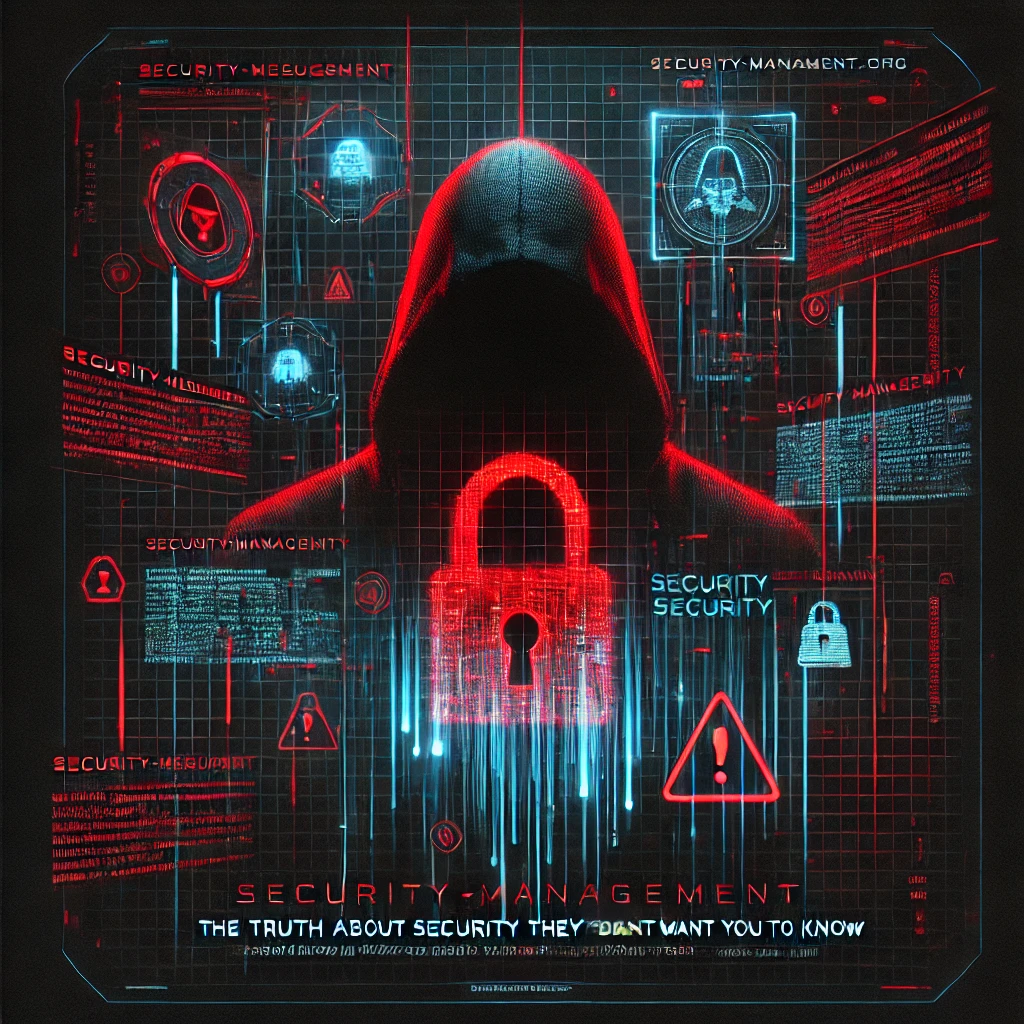28/03/25 16:53
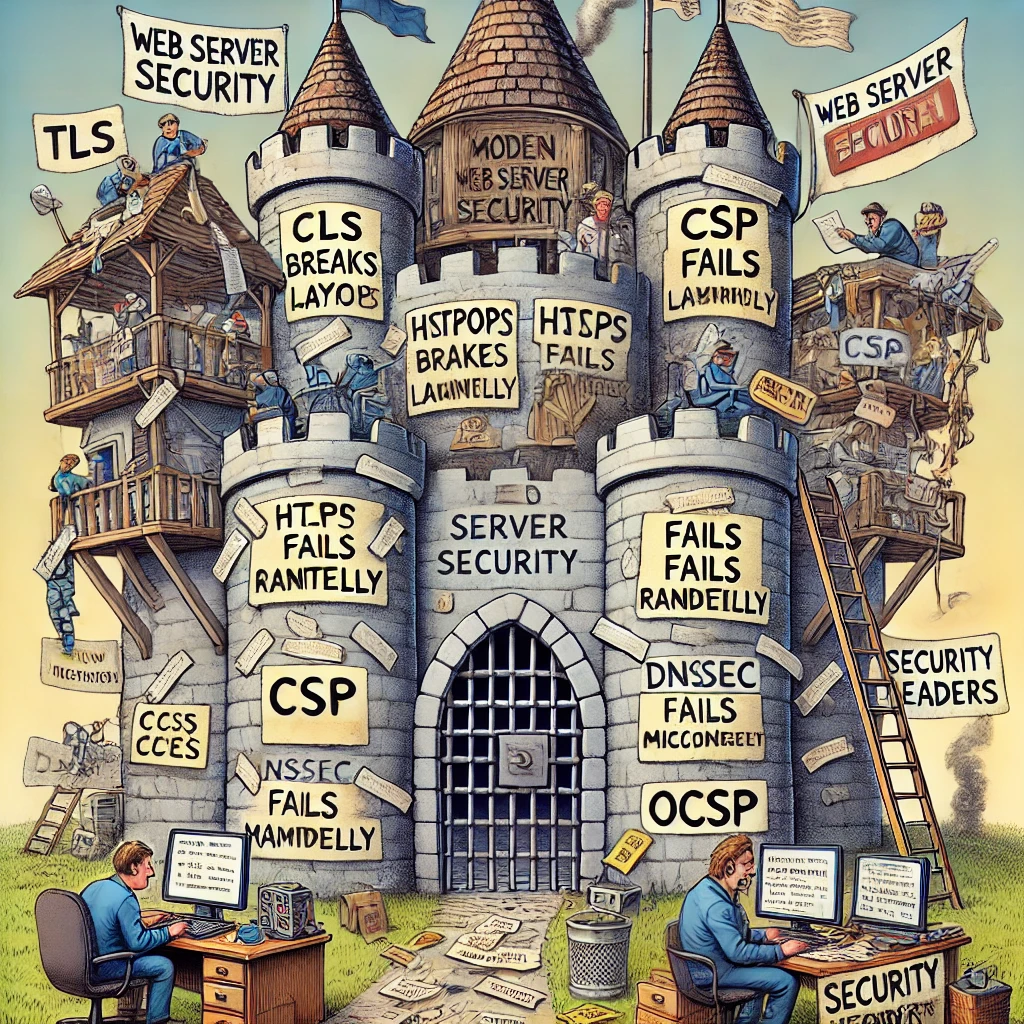
Securing a web server sounds simple — until you realize it’s an endless to-do list of cryptic standards, misconfigured headers, and legacy compromises. From HTTPS and TLS configurations to obscure DNS records and arcane HTTP headers, web server hardening has become its own miniature dark art. In this article, we explore the modern checklist of web server security — and why even ticking every box might still leave you exposed.
Read More…26/03/25 19:53

DNSSEC, SPF, DKIM, DMARC, MTA-STS, DANE – the ever-growing acronym soup meant to protect your emails and domains. Promised as the guardians of authenticity and trust in digital communication, these protocols often add more complexity than confidence. In this article, we explore why email security still feels like it’s held together with duct tape and good intentions — despite a long list of standards that were supposed to fix everything.
Read More…25/03/25 07:41
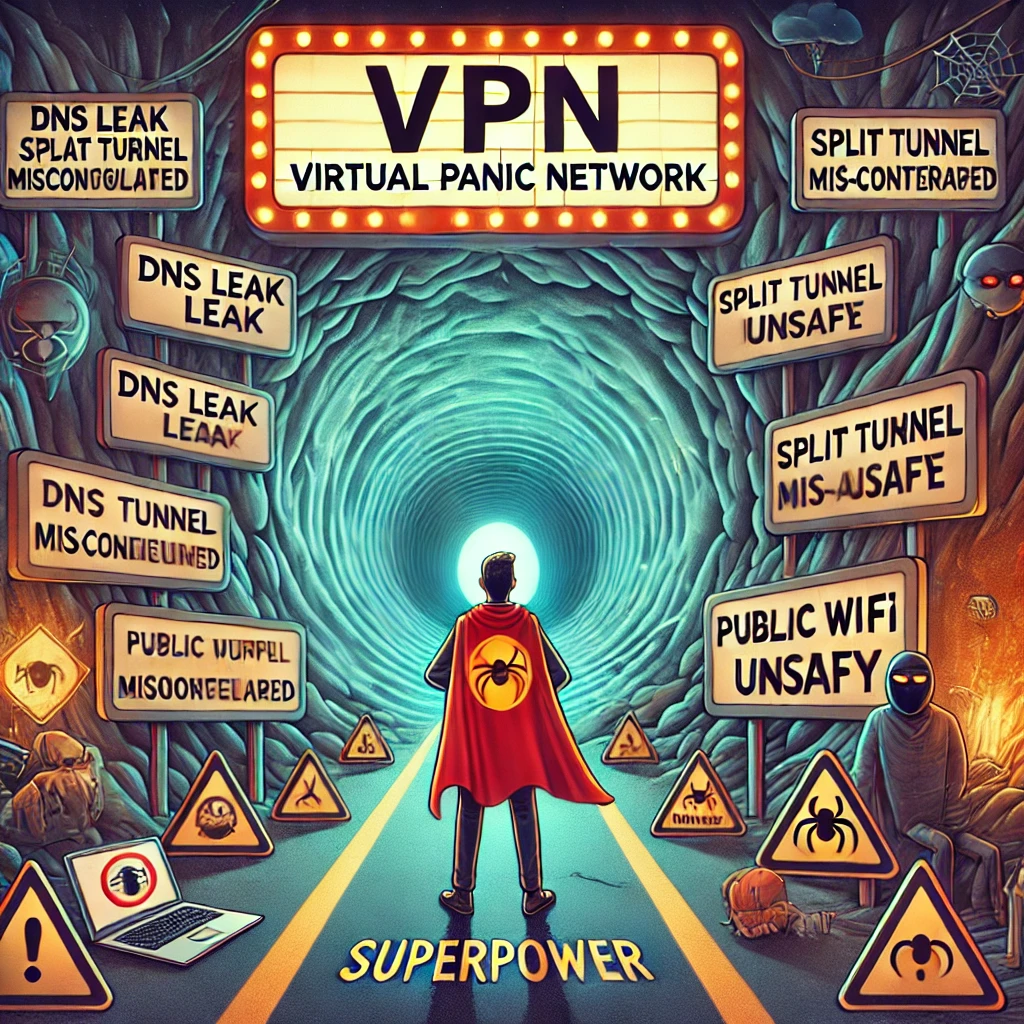
VPNs are marketed as the magic cloaks of the digital world — offering privacy, security, and the illusion of invincibility. But behind the encrypted tunnel lies a much messier truth: VPNs can be misconfigured, overtrusted, and often misunderstood. In this article, we explore how VPNs went from security tool to security crutch, and why connecting through another country doesn’t mean your problems stayed behind.
Read More…25/03/25 00:40
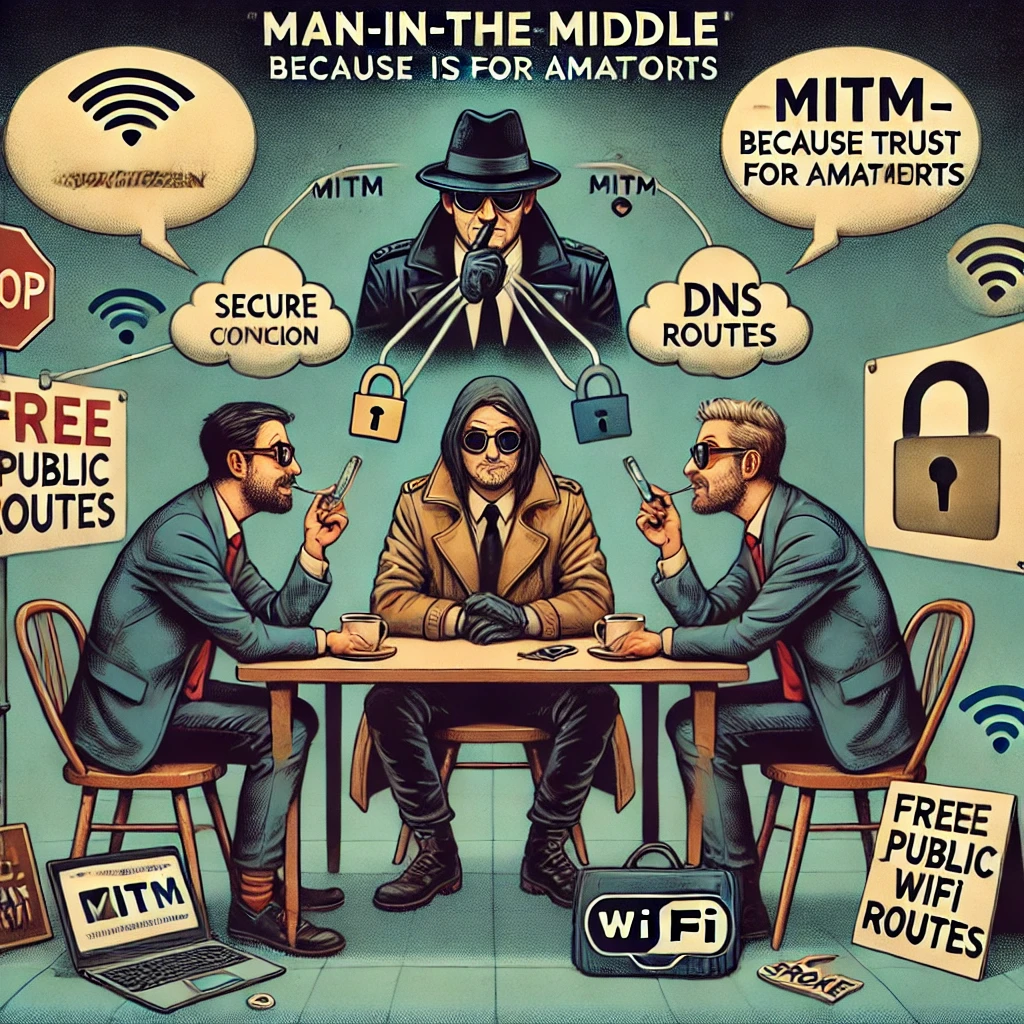
Man-in-the-Middle (MITM) attacks sound like something out of a spy novel, yet they're frighteningly common—and absurdly effective. Despite encryption, VPNs, and "secure" connections, attackers still manage to sneak into conversations like uninvited guests at a secret meeting. In this article, we explore how MITM attacks continue to thrive, why "secure" often just means "assumed secure," and how your data can be intercepted faster than your firewall can blink.
Read More…23/03/25 11:56

Once hailed as the first and last line of defense, firewalls now serve as the cybersecurity equivalent of castle walls in a drone war. In this article, we explore how the firewall evolved from revolutionary to relic — while still managing to consume budgets, add complexity, and block your CEO’s favorite app. Discover why attackers don’t care about your firewall (and why you probably shouldn’t either).
Read More…21/03/25 18:36
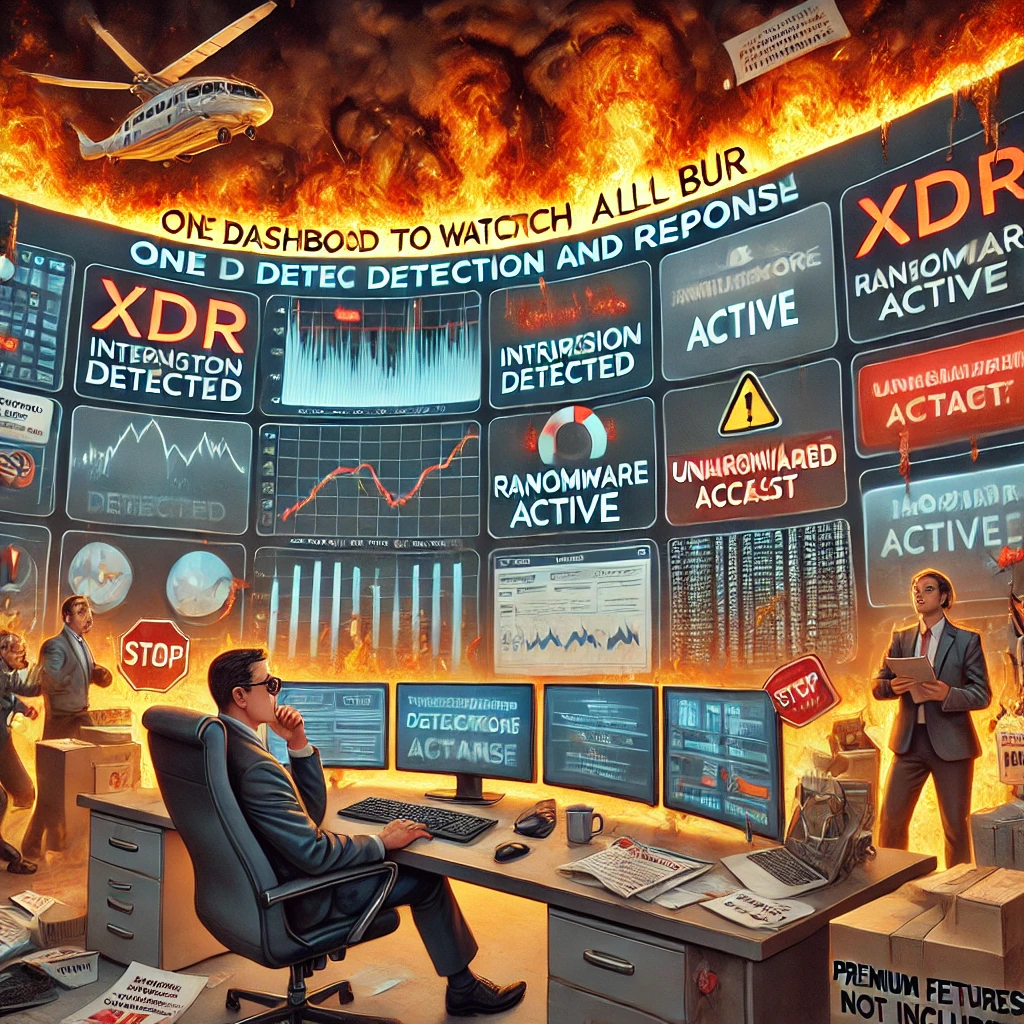
Extended Detection and Response (XDR) is the latest darling of the cybersecurity world — marketed as the all-seeing, all-knowing, all-solving platform for your security woes. But behind the dashboards and AI-powered alerts lies a hard truth: XDR doesn’t fix anything. It just shows you, in real time, how badly things are going. In this article, we explore why XDR is less of a solution and more of a spectator sport.
Read More…20/03/25 15:17

Security budgets are higher than ever. Cybersecurity teams have more tools, more AI, and more compliance frameworks than at any point in history. So why do breaches keep happening? Why are ransomware gangs still thriving? In this article, we explore the paradox of modern cybersecurity — why companies invest billions in security yet remain vulnerable, and how the industry profits from selling solutions to problems it will never fix.
Read More…19/03/25 14:37
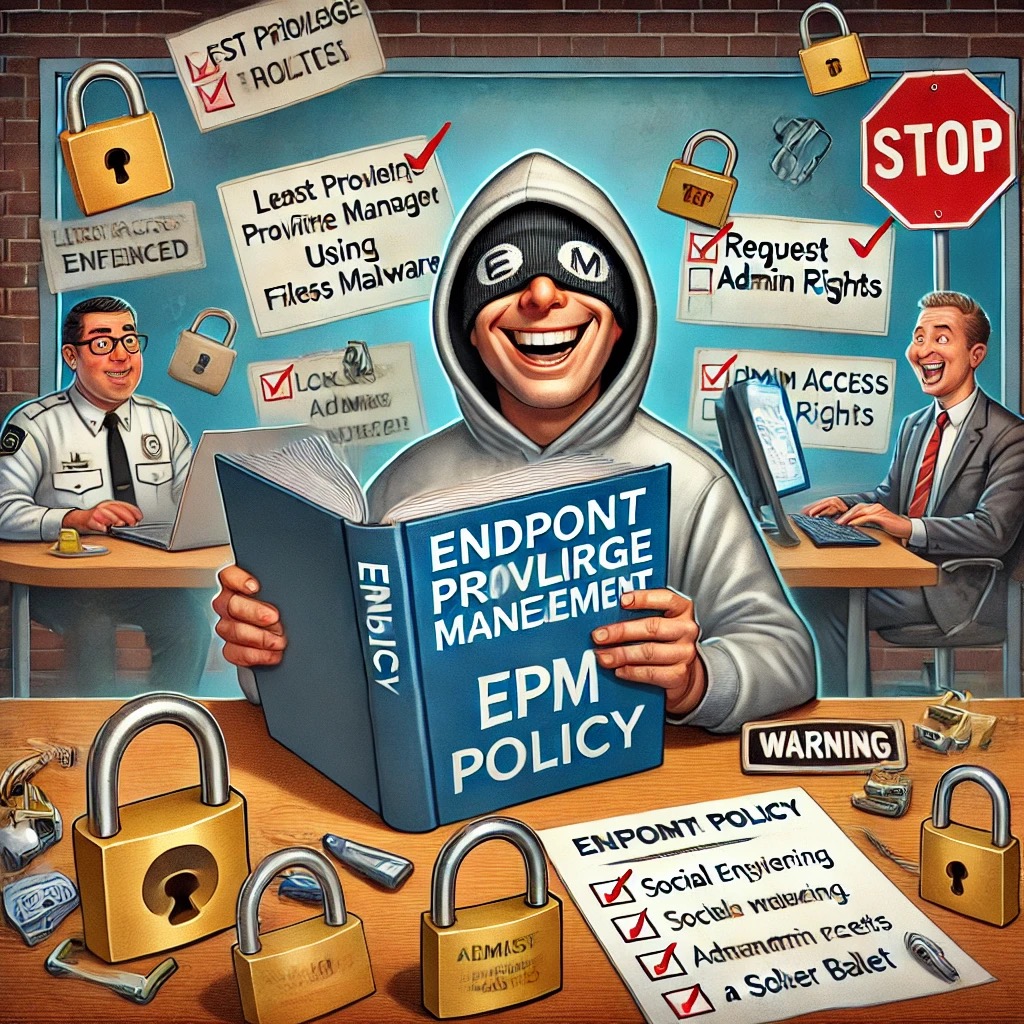
Endpoint Privilege Management (EPM) promises to eliminate unnecessary admin rights and reduce attack surfaces. But in reality, it’s just another checkbox in the compliance game. Companies spend millions deploying EPM solutions, yet attackers still find ways in. Is EPM a real security measure, or just another layer of complexity that users learn to bypass? In this article, we expose the reality of EPM and why privilege restrictions don’t always mean security.
Read More…19/03/25 07:51

Antivirus software is the seatbelt of cybersecurity — except the car is already on fire. Every year, billions are spent on antivirus solutions, yet malware infections continue to rise. In this article, we explore why traditional virus scanners are outdated, how attackers have outsmarted them, and why the only ones truly benefiting are the antivirus vendors themselves. Read on to discover why your antivirus is just a security placebo.
Read More…18/03/25 16:10
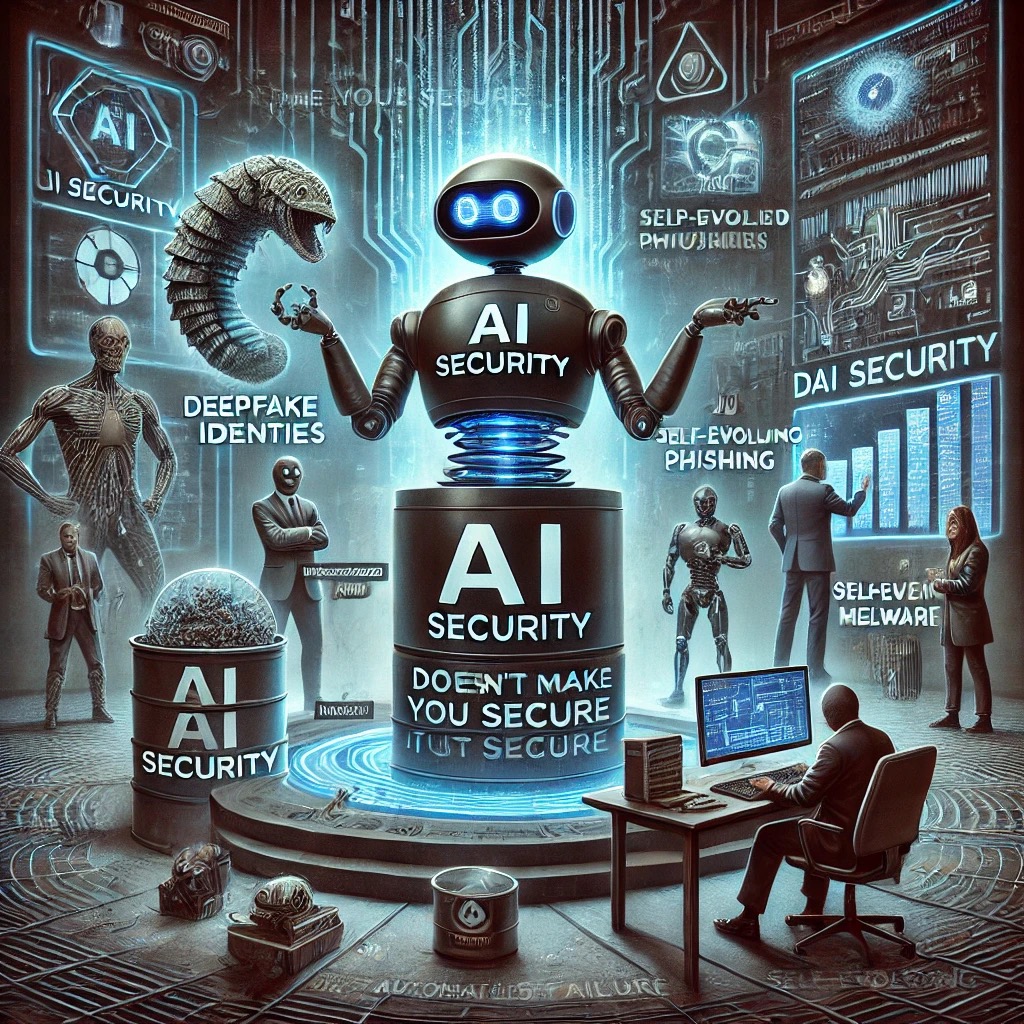
Artificial Intelligence is revolutionizing cybersecurity — or so they claim. In reality, AI security is just another layer of automation in a system already riddled with vulnerabilities. Is AI really making us safer, or is it just a faster way to make the same old mistakes? In this article, we dissect the myths surrounding AI-driven security, why machine learning models aren’t the magic bullet you’ve been promised, and how AI could become the greatest security risk of them all.
Read More…18/03/25 13:10

It was the biggest cyberattack in history — yet no one talks about it. A global blackout, collapsing financial systems, and the total erasure of digital records. The official story? "A sophisticated malware attack." But leaked intelligence reports suggest otherwise. This was no ordinary hack. This was Operation BLACKOUT, a coordinated strike orchestrated by a secret organization embedded in the world’s largest IT corporations. Was it sabotage? A reset? Or the beginning of a new digital order? Read on to uncover the conspiracy they don’t want you to know.
Read More…18/03/25 10:56
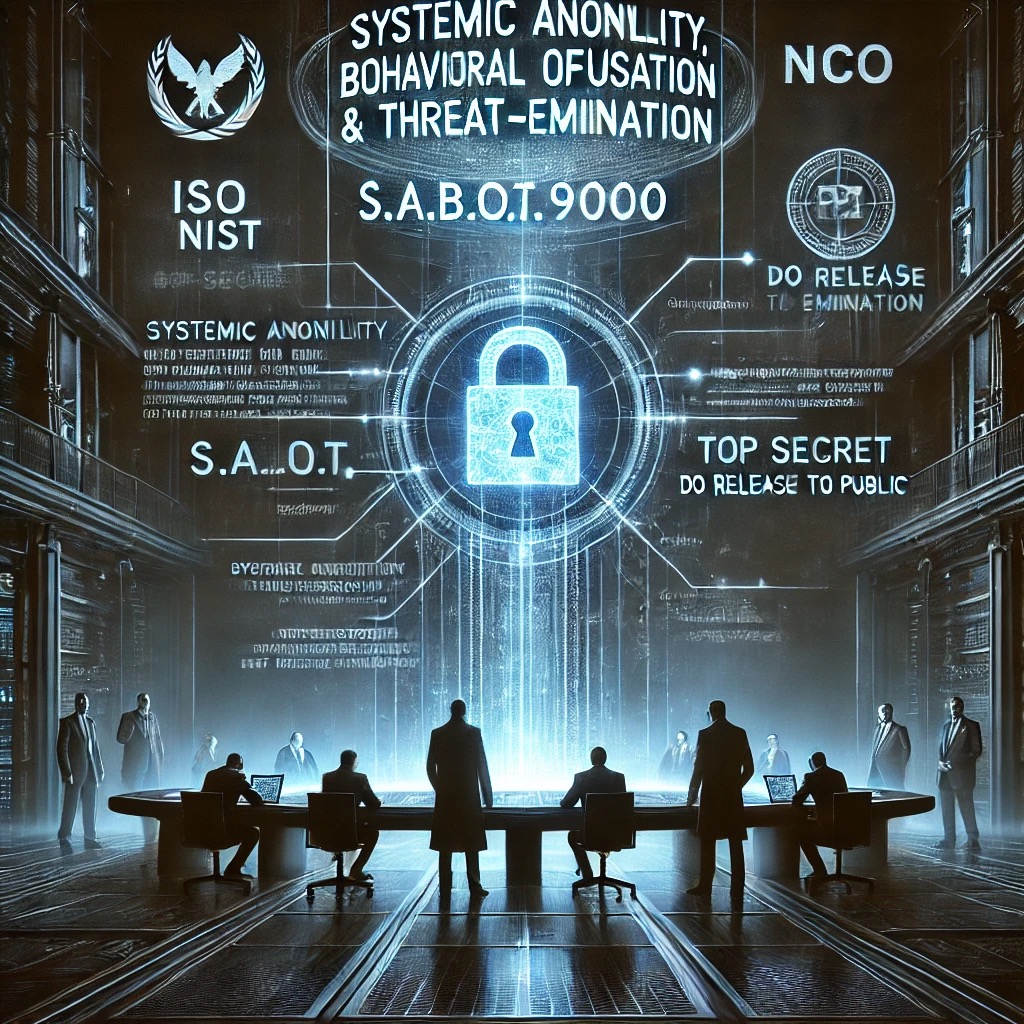
There’s a security standard so powerful, so effective, that no government wants you to know about it. Unlike ISO 27001, PCI DSS, or Zero Trust, this classified framework actually prevents cyberattacks instead of just documenting them. In this article, we expose the existence of S.A.B.O.T. 9000, the security standard that governments and corporations have conspired to keep secret. Read at your own risk.
Read More…18/03/25 08:23
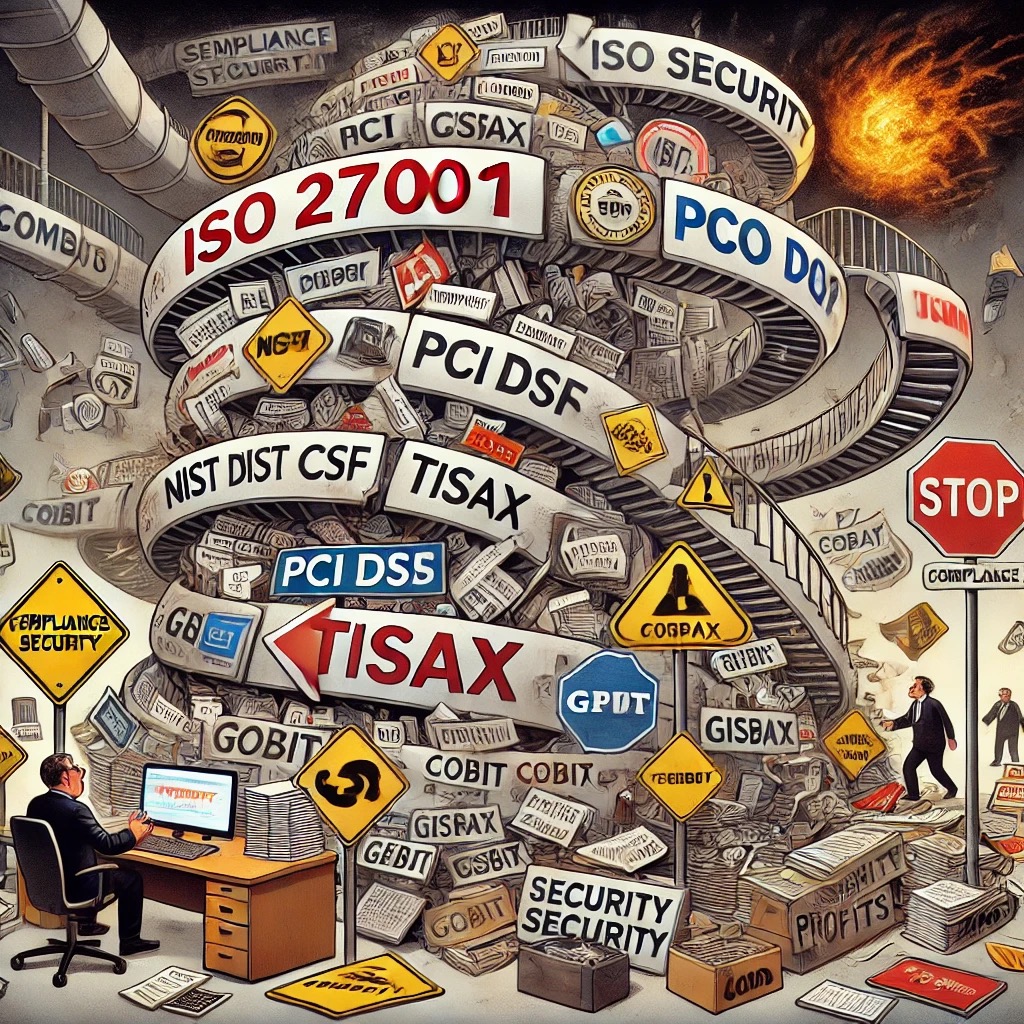
The number of IT security standards continues to grow, yet security incidents never seem to decline. From ISO 27001 to PCI DSS, from GDPR to Zero Trust Architecture, each new framework promises better protection – but what if the real goal isn’t security at all? In this article, we dissect the absurdity of modern security standards and why the only thing they truly protect is the industry that creates them. Read on to discover why the most secure system is the one that hasn’t been certified yet.
Read More…17/03/25 11:15
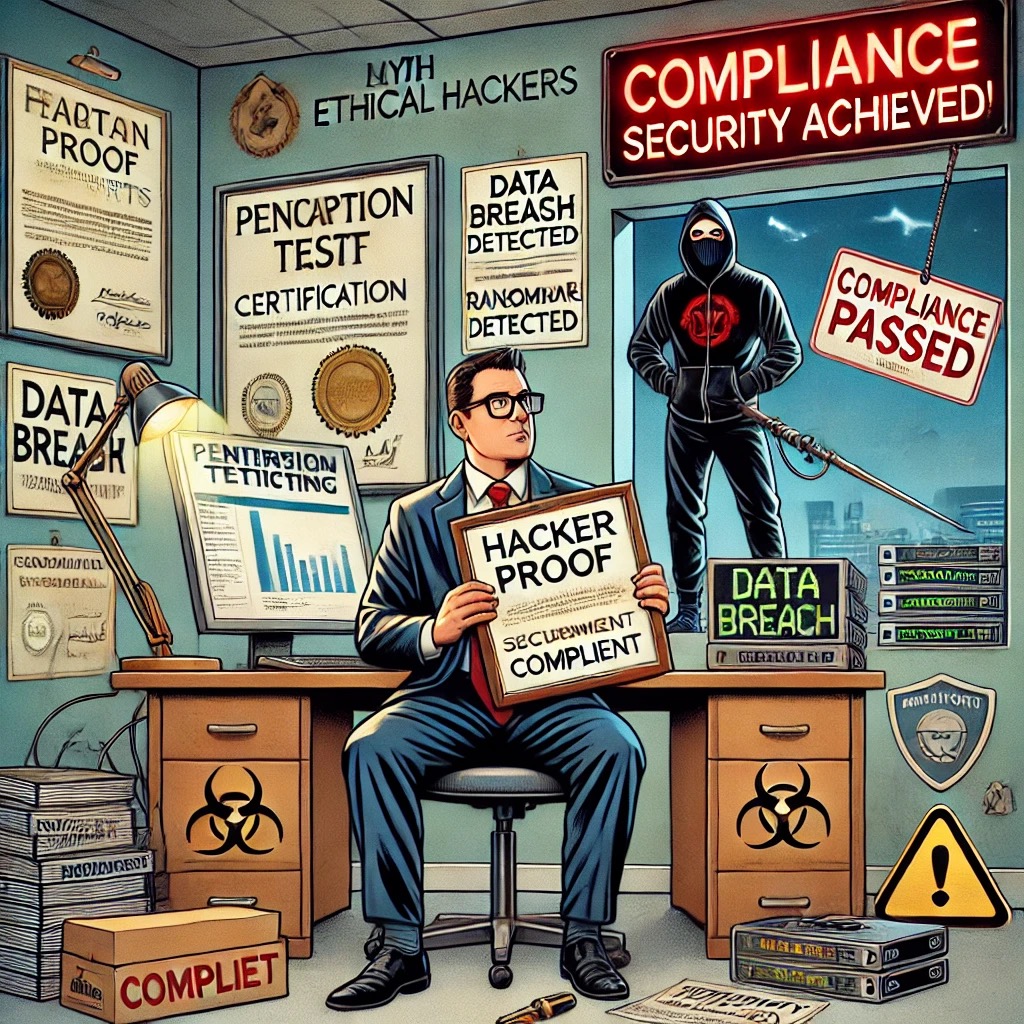
Penetration testing has become the cybersecurity industry's favorite ritual – a multi-million-dollar exercise in confirming what we already know: systems are vulnerable. In this article, we expose the absurdity of the modern pentesting industry, why passing a test means nothing, and how the biggest winner in this game is not security, but the companies selling the tests. Read on to find out why the best pentest result is the one that keeps the budget flowing.
Read More…14/03/25 15:18
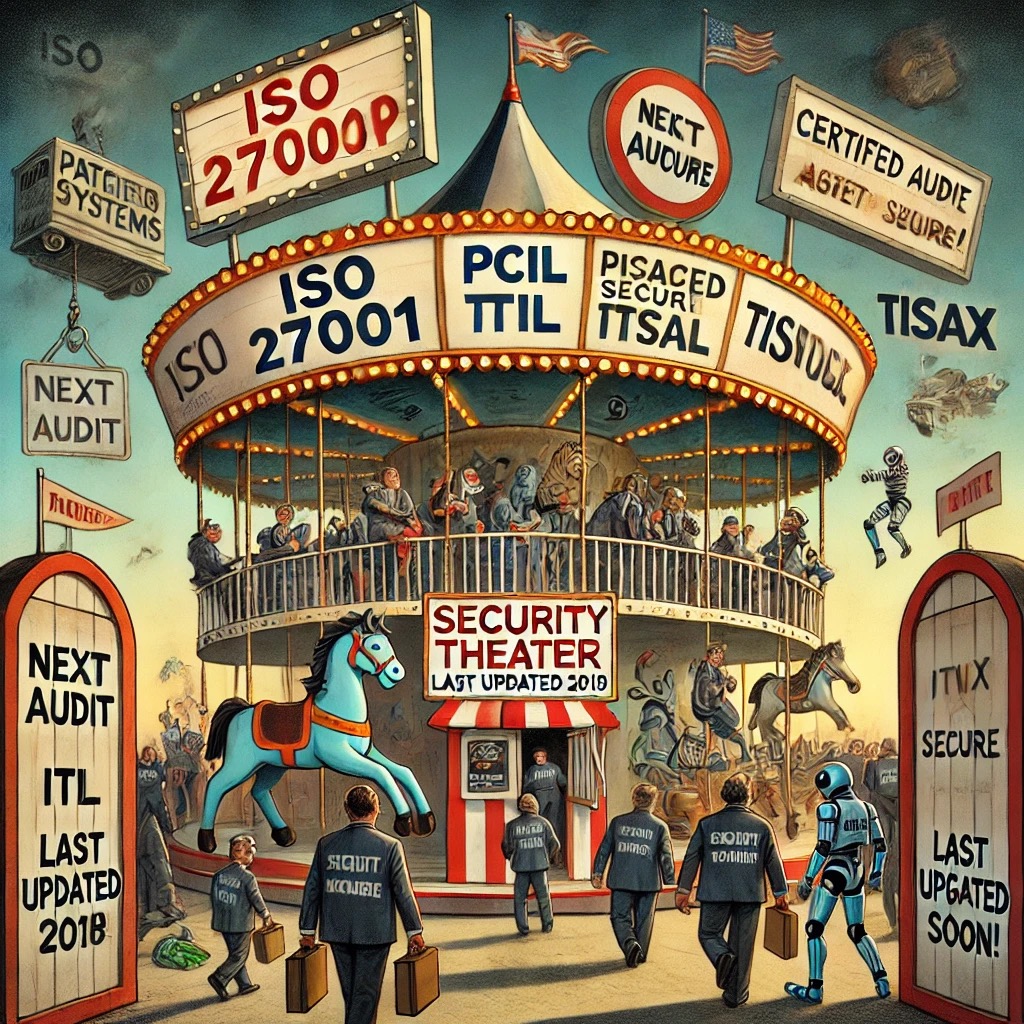
The world of IT security is a perfect illusion: If you believe that certifications, compliance standards, and risk management frameworks provide protection, you haven't understood the game. Our latest article explores why every new standard exists only to keep the industry alive while real security remains a myth. Read on to discover why your firewall is just an expensive decoy and why your penetration test mainly serves to boost security firms’ annual profits.
Read More…13/03/25 16:45

PCI DSS is not about securing payments – it's about securing blame. While businesses spend millions ensuring compliance, fraud still happens, breaches still occur, and cardholder data remains at risk. In this article, we expose why PCI DSS is not a security standard but a liability framework designed to protect the payment industry, not you. Read on to discover how you can be fully compliant and still completely vulnerable.
Read More…11/03/25 22:33
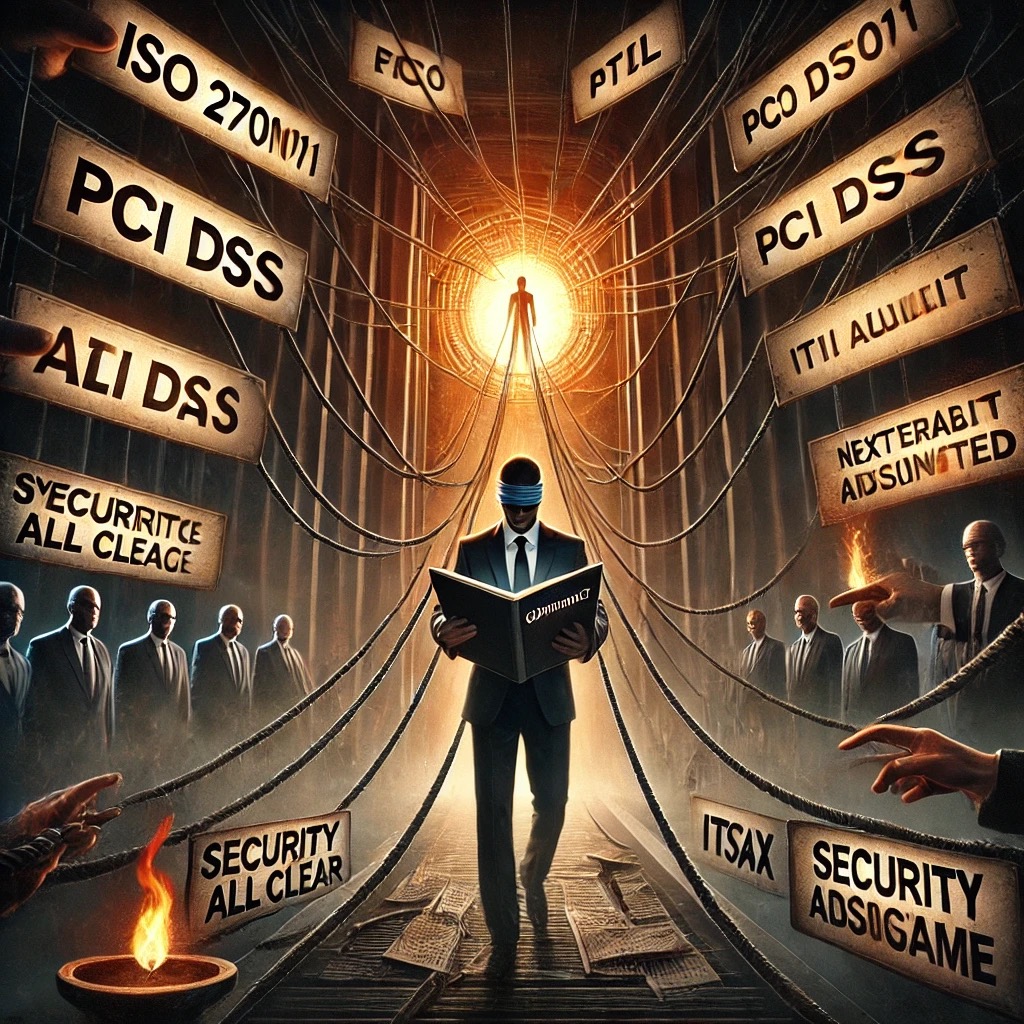
Security was never about your protection — it was about control. While companies scramble to meet endless compliance requirements, cyberattacks continue to thrive. Why? Because security standards exist to shift liability, not prevent breaches. In this article, we expose the security industry’s greatest deception: compliance masquerading as protection. If you think you’re playing the security game, you’re already losing.
Read More…